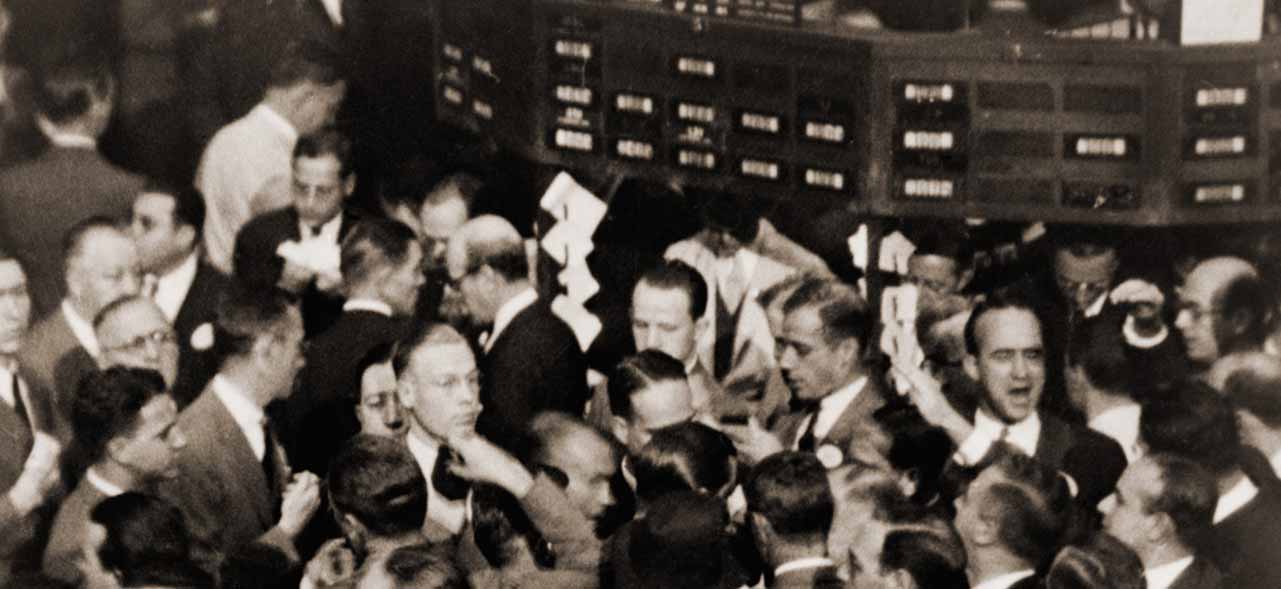
How Does the Public Market Affect Private Equity?
History suggests that a rising public market is good for private capital fundraising, but bad for private equity returns.
Mid-market PE investors and dealmakers will likely see frequency and volume increase when the public market is healthy, but they’ll also experience lower multiples on the back end, according to research from the National Bureau of Economic Research and Ohio State University. The silver lining is that PE-backed firms are more likely to succeed in a public offering during bull markets.
During 2014, bullish public equities grew at a fast clip. The Dow rose a healthy 7.5%, distantly trailing the S&P (11.4%) and Nasdaq (13.4%). Predictably, private equity fund-raising was strong and we saw a record year for exits. By early 2015, it was clear that private capital markets were flush with cash and returns leveled off.
It remains to be seen how PE markets will respond to turmoil in Asia or a reluctant U.S. monetary policy. Public markets slid across the globe after the Shanghai Index bubble popped in June and lost nearly a third of its value by August. Among the unconcerned is Theodore Koenig, CEO of Monroe Capital, who confidently predicted that August turmoil “will not affect middle-market financing at all.”
Even if Koenig is right, private market participants should keep an eye on public market volatility; struggles on the exchanges may leave room for opportunity.
Opportunity Costs and Basic Economics
Private equity investors, on the whole, lack a suitable method to internalize public market dynamics when making decisions. The most popular measure of private equity fund performance is probably the Multiple on Invested Capital, or MOIC. It’s a simple, easy-to-understand number that investors can make comparisons with. A $500,000 investment that returns $5,000,000 has a MOIC of 10x, for example.
But MOIC doesn’t — and can’t — tell the investor what would have happened if that $500,000 was instead used to buy shares of AAPL or left in an S&P 500 ETF. In other words, MOIC doesn’t highlight the opportunity costs.
Cambridge Associates offers one proprietary measure, the modified public market equivalent (mPME), which pretends that a PE investment has instead purchased a basket of publicly traded investments. If the private fund’s return exceeds the mPME return, the private fund has added value. Bain Capital reports as of June 2014, US buyout funds underperform the S&P 500 mPME for investment horizons under five years but overperform for 10- and 20-year horizons.
To the extent that public securities compete with private capital, basic economics tells us that declining prospects in the stock market should make private capital more attractive, but PE investor behavior appears to follow the opposite pattern; capital calls and distributions are more frequent and more valuable when public equities rise. It seems general market optimism is a boon to all capital markets in the short run, but higher asset prices tend to push down IRRs in the long run.
Strength in PE-Backed Mid-Market IPOs
It’s not immediately clear how PE investors benefit from retroactively knowing opportunity costs. Even when the public middle market is humming, private equity is comparatively illiquid; money invested in a venture one day can’t be thrown into stocks the next day. But PE firms have one clear way to take advantage of bull markets: Take their companies public and look for an exit before the market declines again.
This is exactly what mid-market PE-backed companies did last year. In fact, CohnReznick research reported that nearly two-thirds (64%) of middle market IPOs were backed by private capital sources in 2014, and that those offerings brought in greater than $18 billion. If an IPO exit is the end game for a fund, then investors should welcome a healthy — or even speculative — public market.
Finding Trends in Public Markets
There are several different ways to gauge public market sentiment. One favorite is the Chicago Board of Options Exchange’s Volatility Index (VIX, which reflects a “minute-by-minute snapshot of expected stock market volatility over the next 30 calendar days.” Theoretically, a long-term rising VIX should discourage public market activity and (possibly) encourage private market activity if owners are persuaded to sell and lock in gains.
When trouble from China upset global equity markets in July, the VIX shot up 80% in a matter of weeks. The Dow dropped 6.2% during the next month — a move essentially mirrored by the Nasdaq and S&P — while public market concerns rose again when the Fed declined to raise interest rates in September.
Buyouts have historically tended to rise and fall with public equities, but there is reason to believe that the spread between private and public IRR grows when the public markets struggle. This coincides with the largest middle market in United States history (at least 360,000 operating firms), 75% of which reported increased revenue growth in the first half of 2015. History says that some capital will opt to sit on the sidelines with a volatile market, but the fundamentals in the lower end of the middle market suggest there are still plenty of opportunities for value-add investments.
